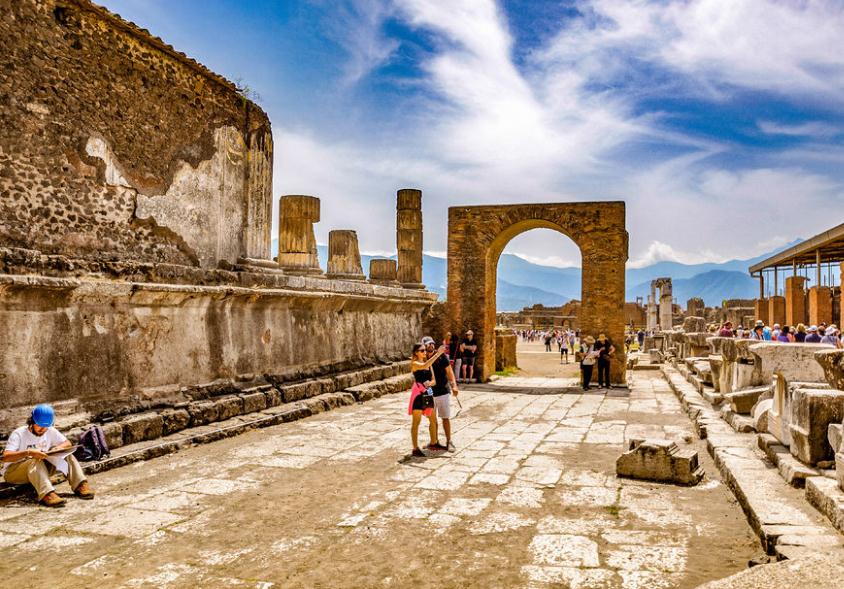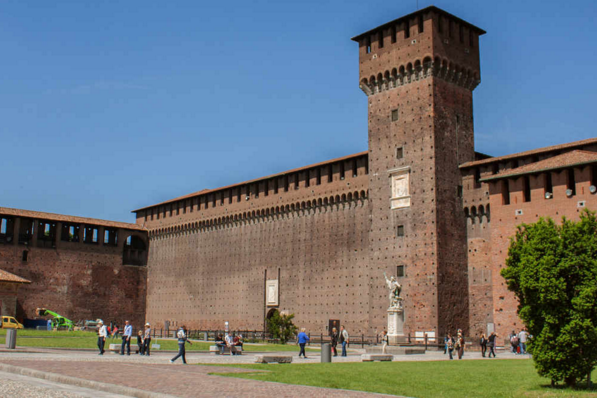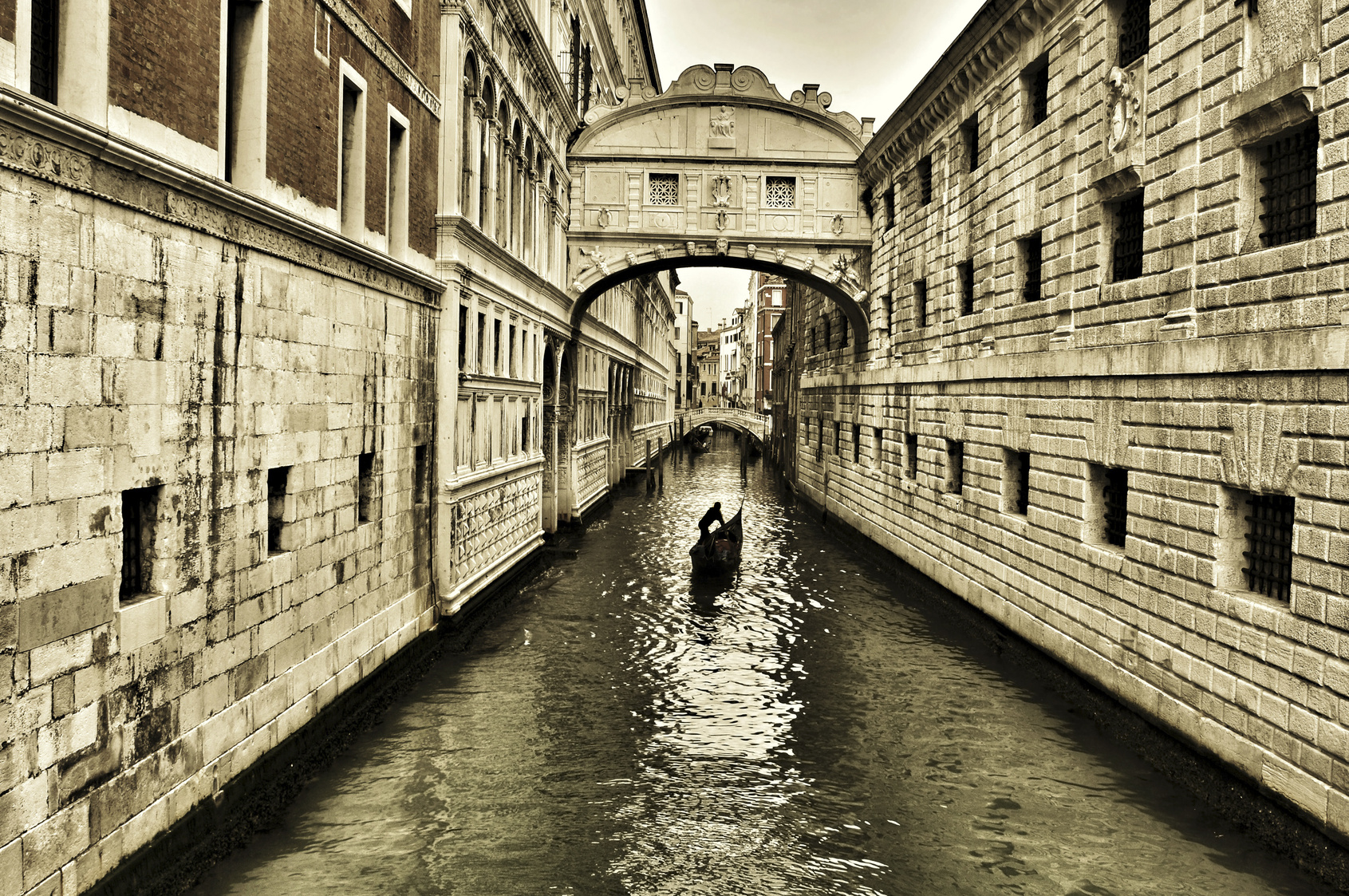An Italian Grand Tour: From Milan's Fashion to Rome's History

An Italian Grand Tour: From Milan's Fashion to Rome's History
This comprehensive travel guide details a classic Italian itinerary, weaving through the country's most iconic cities and breathtaking coastal landscapes. From the northern powerhouses of Milan and Venice to the artistic heart of Florence, and down to the passionate, sun-drenched south with its ancient ruins and legendary coastlines, this journey offers a profound immersion into Italian culture, cuisine, and history.
1. Milan: The Modern Gateway
Begin your Italian adventure in Milan, the country's vibrant financial and fashion capital. While often seen as a business hub, Milan holds profound artistic and historical treasures behind its sleek facade.
Attractions & Experiences
Food & Drink
Milanese cuisine is rich and hearty. Don't miss
Risotto alla Milanese, saffron-infused risotto often served with ossobuco (braised veal shanks). For an aperitivo, join the locals in the Navigli district for a pre-dinner Aperol Spritz accompanied by a generous spread of complimentary snacks.Transportation & Tips
Milan has an efficient Metro system. The city is a major transport hub; Malpensa (MXP) and Linate (LIN) are the primary airports. The Central Station (Stazione Centrale) is your gateway for high-speed trains to your next destinations.
Tip: Purchase a Duomo rooftop ticket online to skip the long queues.2. Lake Garda: A Freshwater Haven
A short train ride from Milan, Lake Garda offers a serene contrast to the urban energy. Italy's largest lake is surrounded by mountains and dotted with charming towns, each with its own character.
Attractions & Experiences
Food & Drink
Lake fish is a staple—try
lavareto (a type of whitefish) or grilled trout. The area is also known for its olive oil and lemons, which feature in desserts like limoncello and torta di limone.Transportation & Tips
The easiest way to reach Lake Garda is by train to Desenzano del Garda or Peschiera del Garda from Milan. Once there, use the efficient ferry services to hop between towns.
Tip: Renting a car provides flexibility to explore smaller inland villages, but parking can be challenging in peak season.3. Venice: The Floating Serenade
From Lake Garda, travel east to Venice, a city that needs no introduction. A place of impossible beauty, it is a labyrinth of canals, bridges, and decaying palaces that must be experienced to be believed.
Attractions & Experiences
Food & Drink
Venetian cuisine features seafood from the lagoon. Try
Cicchetti (small tapas-like snacks) with an ombra (a small glass of wine) at a bacaro (traditional wine bar). Sample Sarde in Saor (sweet and sour sardines) and Risotto al Nero di Seppia (squid ink risotto). The classic Venetian cocktail is the Bellini, invented at Harry's Bar.Transportation & Tips
Cars are banned in the historic center. Arrive at Santa Lucia train station. The vaporetto is the primary mode of transport; consider a multi-day travel card. Water taxis are expensive but offer a thrilling arrival.
Tip: Visit major sights early in the morning or late in the afternoon to avoid crowds. Wear comfortable shoes for countless bridges and cobblestones.4. Florence: The Cradle of the Renaissance
A high-speed train south brings you to Florence, the city that gave birth to the Renaissance. Every corner here holds artistic and architectural masterpieces.
Attractions & Experiences
Food & Drink
Tuscan food is robust and simple. Feast on
Bistecca alla Fiorentina (a huge T-bone steak), Ribollita (a hearty vegetable and bread soup), and Crostini Toscani (chicken liver pâté on toast). Chianti wine from the surrounding hills is a must-try.Transportation & Tips
The historic center of Florence is very walkable. The Santa Maria Novella train station is centrally located. Pre-book tickets for the Uffizi and Accademia online to save hours of waiting.
Tip: Consider a day trip to the medieval city of Siena or the leaning tower of Pisa, both easily accessible by train.5. Naples & Pompeii: The Soul of the South
The journey now heads decisively south to Naples, a city of intense passion, chaotic charm, and unparalleled pizza.
Attractions & Experiences in Naples
The Pompeii Day Trip
A short train ride on the Circumvesuviana line from Naples takes you to Pompeii. The ancient Roman city was frozen in time by the eruption of Mount Vesuvius in 79 AD. Walking its stone-paved streets, exploring its homes, baths, theaters, and brothels offers an unparalleled glimpse into daily Roman life. Don't miss the haunting plaster casts of the victims.
Food & Drink
Naples is the birthplace of pizza. Go to a traditional pizzeria for a authentic
Pizza Margherita. Also try street food like Arancini (fried rice balls), Sfogliatella (a shell-shaped pastry), and strong Neapolitan coffee.Transportation & Tips
The Circumvesuviana train is the most economical way to reach Pompeii, Sorrento, and other towns on the Sorrentine Peninsula, but be vigilant against pickpockets. In Naples, the metro system is useful for longer distances.
Tip: Hire a licensed guide at Pompeii to fully understand the vast site's significance.The Sorrentine Peninsula & Amalfi Coast: A Coastal Dream
A. Sorrento: The Clifftop Gateway
Sorrento serves as a perfect base for exploring the region. Perched on cliffs overlooking the Bay of Naples, it's a charming town with a more relaxed pace than Naples.
B. Capri: The Island of Dreams
A ferry from Sorrento or Naples brings you to the glamorous Isle of Capri. Take a boat tour to see the iconic Faraglioni rock formations and enter the stunning Blue Grotto, a sea cavern illuminated by an ethereal blue light. Ride the chairlift up to Monte Solaro for breathtaking views and explore the beautiful Gardens of Augustus.
C. Amalfi Coast: Positano & Amalfi
Culinary Delights of the Coast
The region is famous for its lemons, which are used to make the potent liqueur Limoncello. Seafood is abundant—try spaghetti alle vongole (with clams) or fresh grilled fish. Don't miss Mozzarella di Bufala Campana, made from the milk of water buffalo.
Crucial Transportation & Tips
SITA Buses: The primary way to travel between towns along the Amalfi Coast. They are frequent but can be extremely crowded in summer.Ferries:A more scenic and comfortable (but more expensive) alternative to buses.
Taxis/Private Drivers:A splurge for convenience and comfort on the winding roads.
**Tip:** Do not drive yourself on the Amalfi Coast unless you are an extremely confident driver; parking is nearly non-existent and traffic is intense.*


